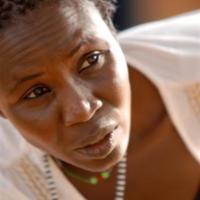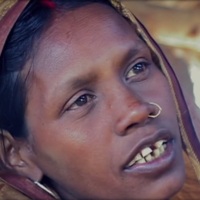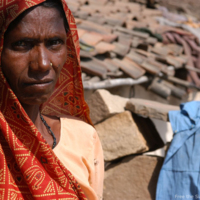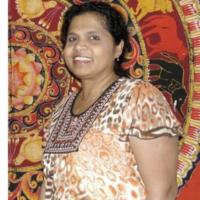
Everyone shouted “Earthquake!” All the houses collapsed and the entire village became dark. All the water sources dried up, there were many landslides.
For around three, four months we six siblings lived together on our own. A woman approached us and said, “You don’t have enough to eat, you are living in such poor conditions.” She said she would get us employment in a hotel and asked us to go with her. At the time there wasn’t enough food, living in a temporary hut was difficult, it rains so much in our village, our roof used to leak. She was an old woman I did not think she would harm me. I trusted her.
[The woman attempted to traffic Maya to India, but she was intercepted at the border. She now lives and works at a shelter.]
I want to do this, I used to do farm work in my village, this work feels the same.
Narrative and image provided by UNICEF









